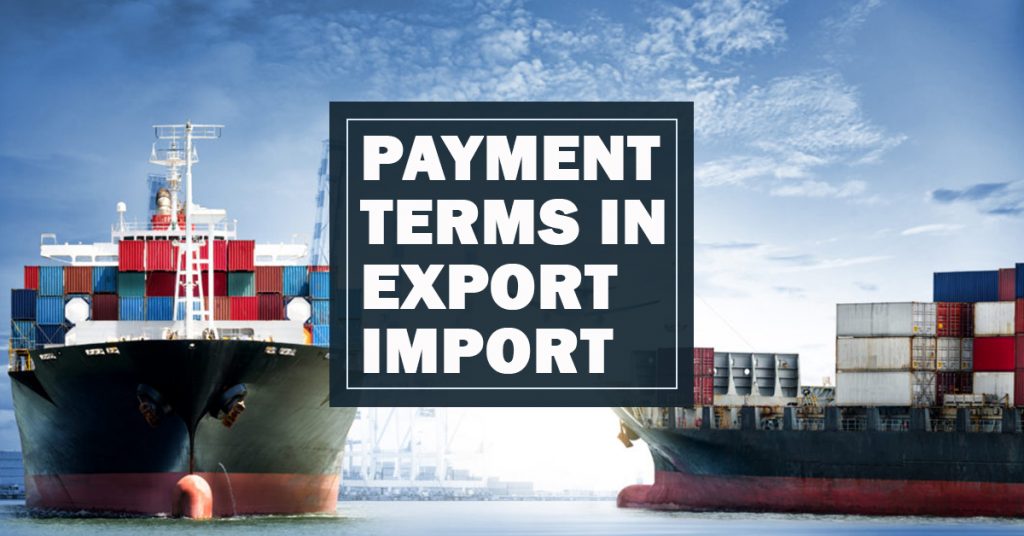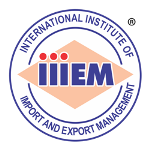
International trade is an unavoidable part of each country’s economy. The development of Information and Communication Technologies (ICT) has resulted in converting the whole World into a Global Village, where the distance is not a barrier for trading. To succeed in today’s global marketplace and win sales against foreign competitors, exporters must offer their customers attractive sales terms supported by the appropriate payment methods. Because being paid in full and on time is the ultimate goal for each export sale, a suitable payment method should be selected circumspectly to reduce the payment risk while also accommodating the needs of the buyer.
For exporters, any sale is a gift until payment is been received and so they want to receive payment as soon as possible, preferably as soon as an order is placed or before the goods are sent to the importer. For importers, any payment is a donation until the goods are been received and so they want to receive the goods as soon as possible but to delay payment as long as possible. You should learn the basics of export-import business from industry experts and have a good mentor with you if you are a beginner in this business.
There are five primary methods of payment for international transactions. During or before contract negotiations, you should consider which method in the figure is mutually desirable for you and your customer. There are 3 standard ways of payment methods in the export import trade international trade market –
1. Clean Payment
• Advance Payment
• Open Account
2. Collection of Bills
• Documents against Payment D/P
• Documents against Acceptance D/A
3. Letters of Credit L/c
1. Clean Payment –
All shipping documents, including title documents are been handled directly between the trading partners. The role of banks is limited to clearing amounts as required. Clean payment method offers a relatively cheap and uncomplicated method of payment for both importers and exporters. In advance payment method the exporter is trusted to ship the goods after receiving payment from the importer. An importer does the payment to the exporter before shipment. In open account method, the importer is trusted to pay the exporter after receipt of goods.
For international sales, wire transfers and credit cards are the most commonly used options accessible to exporters. With the advancement of the Internet, escrow services turning into another option for small export transactions.
2. Payment Collection of Bills
International trade the exporter entrusts the handling of commercial and often financial documents to banks and gives the banks necessary instructions concerning the release of these documents to the Importer. It is considered as one of the cost effective methods of evidencing a transaction for buyers, where documents are manipulated via the banking system. Documents against payment are been released to the importer only when the payment has been done and documents against acceptance are been released to the importer only against acceptance of a draft.
3. Letter of credit
Letter of credit is a type of payment term opted by importers and exporters. Letters of credit (LCs) are one of the most secure instruments accessible to international traders. An LC is a commitment by a bank on behalf of the buyer that payment will be made to the exporter, if the terms and conditions stated in the LC have been met, as confirmed through the presentation of all required documents.
